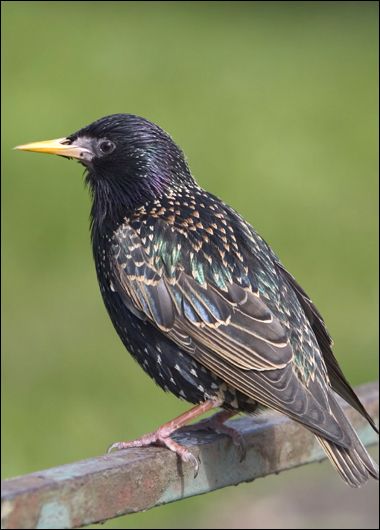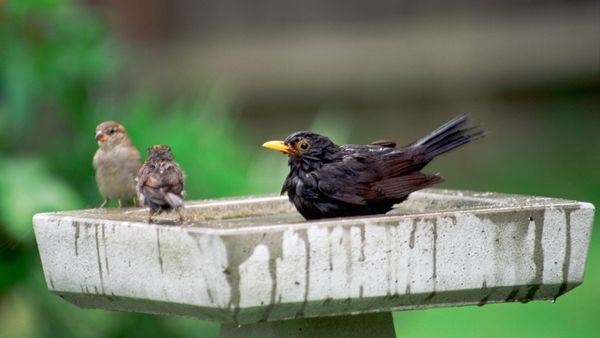
Individually, a European starling is little more than a common blackbird. That's it. Starlings are short and thick, with dark feathers and long, pointy bills. You've seen them. They're practically everywhere, more than 200 million are in North America alone, singing their chirpy little songs and becoming, to many backyard growers and full-time farmers, a bit on the pesty side.
Collectively, though, starlings transform into something else entirely. Together, in flight, in mesmerizing flocks that sometimes number in the hundreds of thousands, they are a breath-stealing wonder, a pulsating, swooping, living, harmonized whole, seemingly defying the laws of nature while defining nature itself.
Advertisement
Watching a murmuration of starlings in mid-air — that's what the flocking behavior is called, a murmuration — is to experience firsthand the power and mystery of the natural world.
"I think that the core feeling is a sense of awe," says Mario Pesendorfer, a postdoctoral research associate at the Institute of Forest Ecology at the University of Natural Resources and Life Sciences, Vienna. "The spatial scale of something that is moving very rapidly — which we are utterly unable to do — and the visual patterning that occurs when a lot of individuals are doing the same thing ... really mesmerizes us."
To scientists like Pesendorfer, murmurations do more than that. They spark curiosity. And they spark scientists like Pesendorfer to figure out how swarming animals — like birds and bees and fish — can better our own lives.
Advertisement


